Nursing Home Interior Design
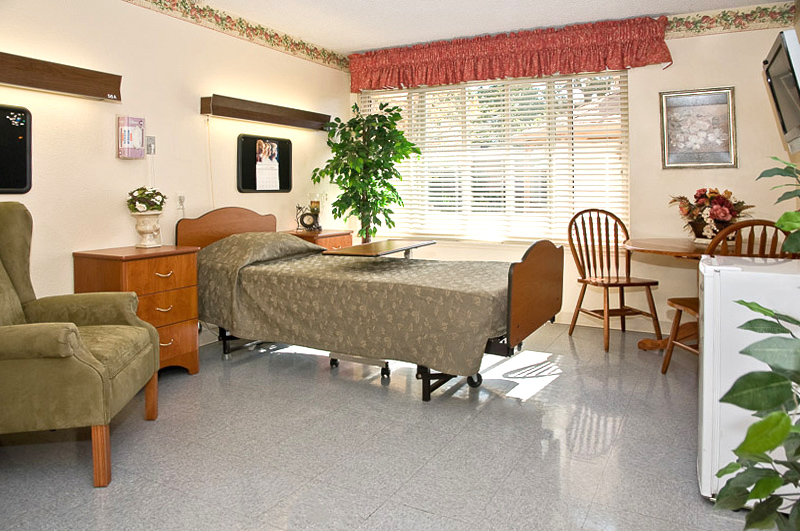
Serene Spaces: Designing Nursing Homes for Peaceful Retreats
Creating a tranquil haven within the walls of a nursing home is an art in itself. It requires careful thought and attention to detail to ensure that the residents feel at ease and find solace in their surroundings. Serene spaces play a crucial role in promoting a sense of calm and well-being among the elderly, providing them with a peaceful retreat to escape the hustle and bustle of daily life.
Interior design for nursing homes goes beyond mere aesthetics. It is about creating an environment that fosters healing, relaxation, and happiness. The design choices made can have a significant impact on the emotional well-being of the residents, as well as their overall quality of life.
The first step in designing serene spaces is to consider the layout of the nursing home. It is essential to create designated areas for various activities, such as communal lounges, quiet reading nooks, and outdoor gardens. These spaces should be thoughtfully designed to cater to the different needs and preferences of the residents.
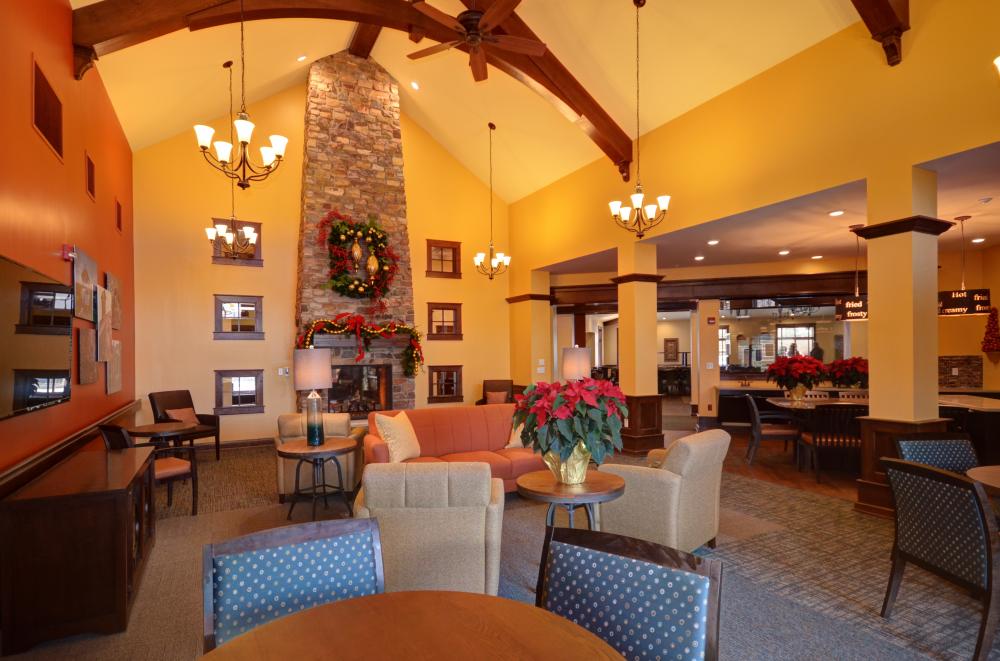
One key aspect of designing nursing homes for peaceful retreats is the use of natural elements. Incorporating natural light, plants, and natural materials such as wood and stone can create a sense of harmony and connection with the outdoors. Large windows that allow ample sunlight to pour in not only brighten up the space but also provide a visual link to the outside world.
Color psychology plays a crucial role in setting the mood of a nursing home. Soft, muted colors like pastels and neutrals are often preferred as they promote relaxation and tranquility. Blues and greens, reminiscent of nature, can have a calming effect on the mind and body. Bright pops of color can also be incorporated strategically to infuse joy and positivity into the environment.
Furniture selection is another important consideration when designing serene spaces. Comfortable and ergonomic seating that supports the residents’ needs is essential. Soft, plush fabrics in soothing colors can create a sense of coziness and warmth. Thoughtful placement of furniture can also facilitate social interaction and create opportunities for connection among the residents.
Art is a powerful tool in transforming nursing home interiors into havens of tranquility. Carefully curated artwork can evoke positive emotions and create visual interest. Nature-inspired art, soothing landscapes, and abstract pieces with calming colors can all contribute to the overall ambiance of serenity.
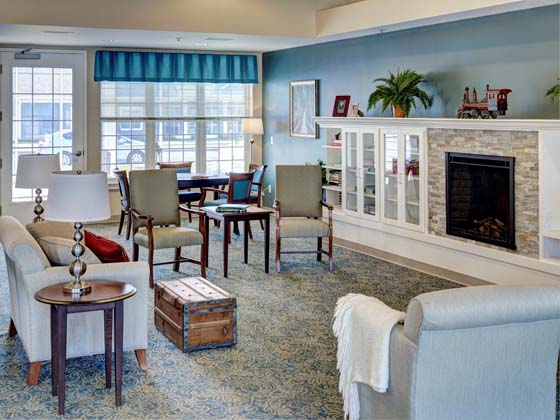
Creating a sense of privacy and personal space is crucial in nursing home design. Each resident should have a space they can call their own, whether it is a private room or a designated area within a shared room. Providing residents with the freedom to personalize their space with cherished belongings and familiar items creates a sense of comfort and familiarity.
Incorporating technology into serene spaces can also enhance the overall experience for residents. Access to entertainment systems, music therapy, and interactive games can provide mental stimulation and promote a sense of well-being. However, it is important to strike a balance and ensure that technology does not overpower the tranquility of the environment.
Designing nursing homes for peaceful retreats requires a thoughtful blend of functionality, aesthetics, and the emotional well-being of the residents. It is a delicate art that aims to create an environment where the elderly can feel safe, content, and at peace. By incorporating natural elements, soothing colors, comfortable furniture, and meaningful artwork, nursing homes can truly become havens of tranquility that uplift the spirits and nurture the souls of their residents.
From Hospital to Haven: Transforming Interiors with Artful Touches
The Art of Creating a Tranquil Haven: Interior Design for Nursing Homes
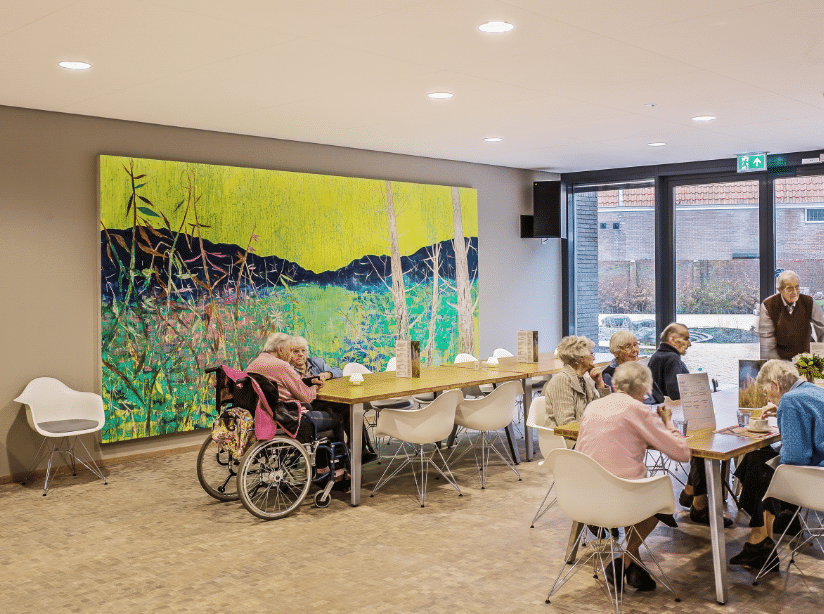
When it comes to nursing homes, creating a serene and peaceful environment is of utmost importance. These spaces should not only serve as places of healing and care but also as havens that promote tranquility and well-being. In this article, we will explore the art of transforming nursing home interiors with artful touches, turning them from clinical spaces into warm and inviting retreats.
Gone are the days when nursing homes were synonymous with stark, hospital-like interiors. Today, there is a growing understanding that the physical environment greatly impacts the mental and emotional well-being of residents. With this in mind, designers are now focusing on creating spaces that are both functional and aesthetically pleasing.
One of the key elements in transforming nursing home interiors is the use of art. Art has the power to inspire, uplift, and create a sense of calm. By incorporating artful touches, nursing homes can create an atmosphere that is both visually stimulating and emotionally soothing. Beautiful paintings, sculptures, and murals can be strategically placed throughout the facility, providing residents with a sense of beauty and tranquility.
In addition to traditional art, modern technology allows for innovative ways to incorporate art into nursing home interiors. Digital displays can showcase rotating galleries of artwork, bringing diversity and freshness to the environment. Interactive installations and sensory experiences can also be incorporated to engage residents on a deeper level and stimulate their senses.
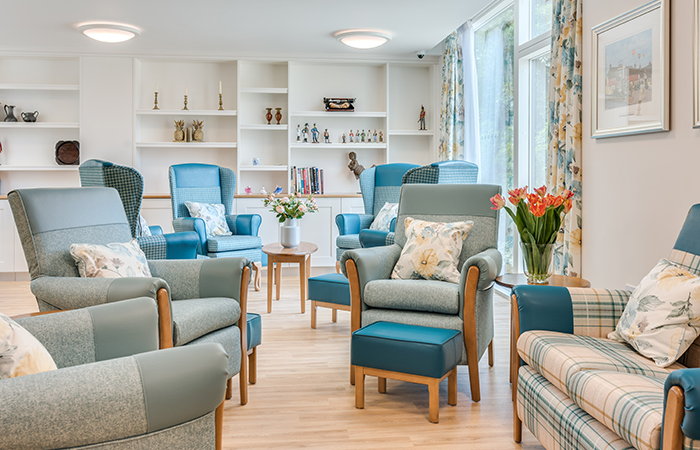
Another important aspect of transforming nursing home interiors is the use of natural elements. Connecting with nature has been proven to have a positive impact on mental health and well-being. Incorporating elements such as indoor gardens, water features, and natural light can help create a sense of peace and serenity. Plants not only add beauty to the space but also purify the air, providing residents with a healthier environment.
When designing nursing home interiors, it is crucial to create spaces that promote social interaction and a sense of community. Common areas should be inviting and comfortable, encouraging residents to gather and engage with each other. The use of comfortable seating, cozy lighting, and inviting colors can enhance the overall ambiance and promote a cheerful and welcoming atmosphere.
Lastly, attention to detail is key in creating a tranquil haven. From the choice of furniture to the selection of fabrics and textures, every element should contribute to the overall theme of serenity and well-being. Soft, soothing colors such as blues and greens can help create a calming atmosphere, while warm tones like yellows and oranges can bring a sense of joy and comfort.
In conclusion, the transformation of nursing home interiors from clinical spaces to artful havens is an essential aspect of creating a tranquil haven. By incorporating art, nature, and thoughtful design elements, nursing homes can provide residents with an environment that promotes peace, comfort, and well-being. It is through these artful touches that nursing homes can truly become havens of healing, happiness, and serenity.
Harmonizing Comfort and Functionality: Secrets to Tranquil Spaces
When it comes to designing nursing homes, creating a tranquil haven is of utmost importance. These spaces should be a sanctuary where residents can feel at ease, find comfort, and experience a sense of serenity. Achieving this delicate balance between comfort and functionality requires careful consideration and attention to detail.
One of the secrets to designing tranquil spaces in nursing homes lies in the harmonization of comfort and functionality. It is essential to create an environment that not only looks beautiful but also meets the practical needs of the residents and staff. By combining these two elements seamlessly, interior designers can transform nursing homes into places of tranquility and well-being.
Comfort is a key component in creating a tranquil haven. Soft, cozy furnishings that invite relaxation and provide a sense of security are essential. Plush armchairs, comfortable sofas, and supportive mattresses ensure that residents can rest and rejuvenate in utmost comfort. Additionally, the use of warm and soothing colors, such as pastels and earth tones, adds to the overall sense of tranquility and relaxation.
Functionality, on the other hand, is equally important. Nursing homes are spaces where residents receive care and support, and therefore, the design should facilitate these activities. Well-designed layouts that allow for easy navigation and accessibility are crucial. Wide hallways, clear signage, and strategically placed handrails ensure that residents can move around the facility safely and independently. Furthermore, incorporating assistive devices and technology into the design can enhance the functionality of the space and improve the quality of care provided.
In order to create a harmonious balance between comfort and functionality, interior designers should pay attention to the specific needs of the residents. Designing spaces that cater to the unique requirements of elderly individuals, such as mobility challenges or cognitive impairments, is essential. For example, incorporating anti-slip flooring, grab bars in bathrooms, and easy-to-use lighting controls can greatly enhance safety and comfort.
Another secret to creating tranquil spaces lies in the use of natural elements and biophilic design. Bringing nature indoors through the use of plants, natural textures, and views of the outdoors can have a profound impact on the well-being of residents. Biophilic design has been shown to reduce stress, improve mood, and promote a sense of calm. Integrating natural elements into nursing home design can create a soothing and peaceful environment that enhances the overall experience of residents.
In addition to these design considerations, it is important to create spaces that promote social interaction and community engagement. Designing communal areas where residents can gather, socialize, and participate in activities fosters a sense of belonging and connection. Comfortable seating arrangements, inviting common spaces, and well-designed activity areas encourage residents to engage with one another and form meaningful relationships.
The art of creating a tranquil haven in nursing homes requires a careful balance of comfort and functionality. By harmonizing these two elements and incorporating design features that cater to the specific needs of residents, interior designers can transform nursing homes into spaces that promote well-being, serenity, and joy. Through the use of soft furnishings, functional layouts, natural elements, and spaces for social interaction, nursing homes can become peaceful retreats that enhance the lives of their residents.
Colorful Comforts: Infusing Joy and Serenity into Nursing Home Design
Nursing homes are not just places where elderly individuals reside; they are their homes, their sanctuaries, and their havens. Creating an environment that exudes joy and serenity is not just important, but essential for the overall well-being and happiness of the residents. One powerful tool in achieving this goal is through the use of color.
Color has the ability to evoke emotions, change moods, and create a sense of tranquility. Incorporating a vibrant and diverse color palette into nursing home design can significantly impact the atmosphere and positively influence the lives of the residents.
When it comes to infusing joy into nursing home design, it is imperative to strike a balance between bright and calming colors. Bold and cheerful hues, such as sunny yellows, lively oranges, and playful purples, can instantly liven up a space and uplift spirits. These colors can be incorporated in various ways, whether through accent walls, furniture, or artwork.
However, it is equally important to create a sense of serenity and calmness within the environment. Soft pastel shades, like soothing blues, gentle pinks, and delicate greens, can create a peaceful atmosphere that promotes relaxation and tranquility. These colors can be used in larger areas, such as walls and curtains, to create a soothing backdrop for the residents.
In addition to the selection of colors, the way they are used within the space is crucial in creating a harmonious environment. Using color to define different areas within the nursing home can help residents navigate their surroundings and create a sense of familiarity. For instance, using different colors for communal spaces, private rooms, and hallways can aid in wayfinding and provide a visual cue to residents.
Artwork and accessories also play a significant role in infusing color and joy into nursing home design. Vibrant paintings, wall hangings, and sculptures can add personality and character to the environment. By incorporating artwork created by local artists or even by the residents themselves, a sense of pride and connection to the community is fostered.
Beyond just the aesthetics, the use of color in nursing home design can also have a positive impact on the overall well-being of the residents. Studies have shown that certain colors can help improve mood, stimulate appetite, and enhance cognitive function. For instance, warm colors like red and orange can increase appetite, while blues and greens can promote a sense of calmness and relaxation.
In conclusion, color is an essential element in creating a tranquil haven through interior design for nursing homes. By carefully selecting a diverse color palette that balances joyful and serene tones, nursing homes can create an environment that uplifts the spirits of the residents and promotes overall well-being. The use of color, whether through walls, furniture, or artwork, can significantly impact the mood and emotions of the residents, fostering a sense of joy, serenity, and belonging in their home away from home.
Post a Comment for "Nursing Home Interior Design"